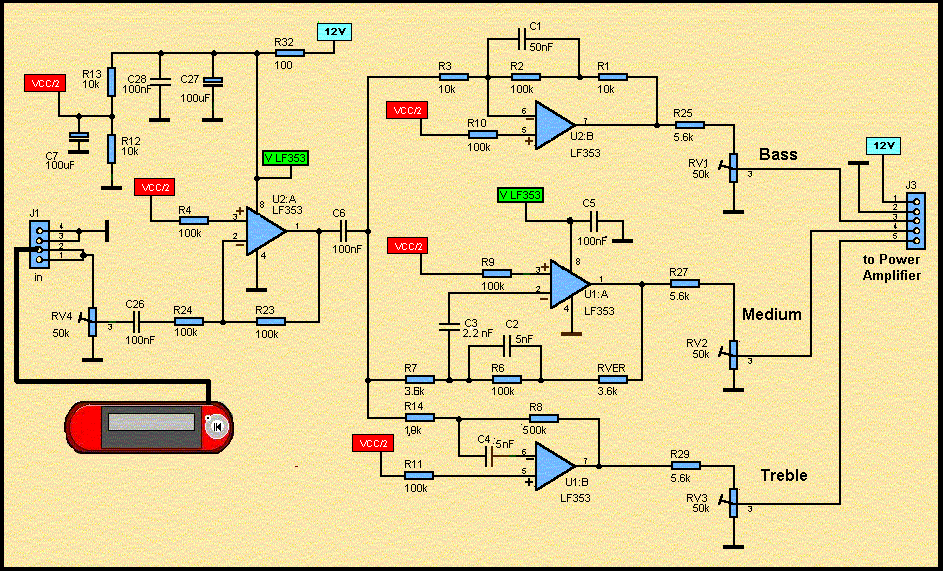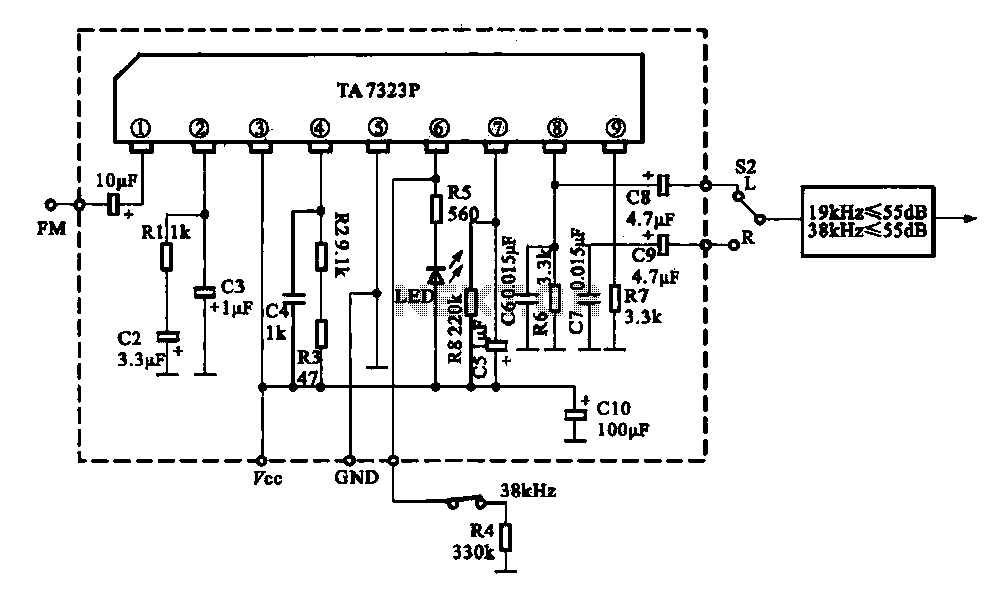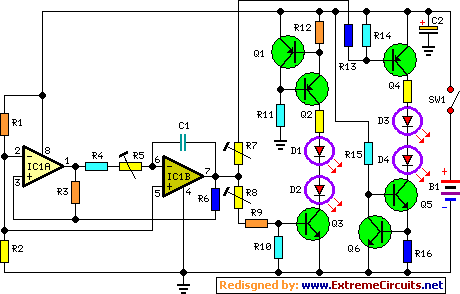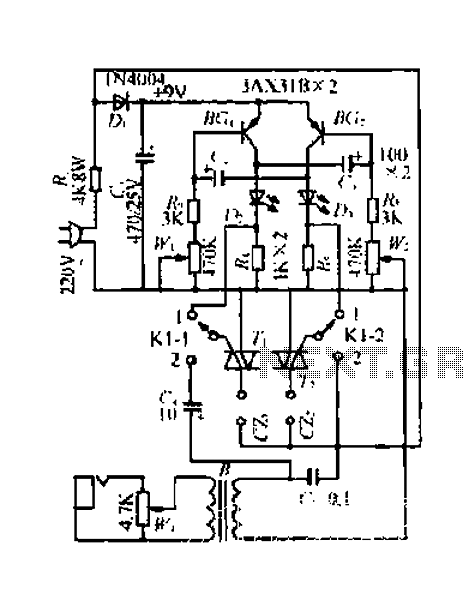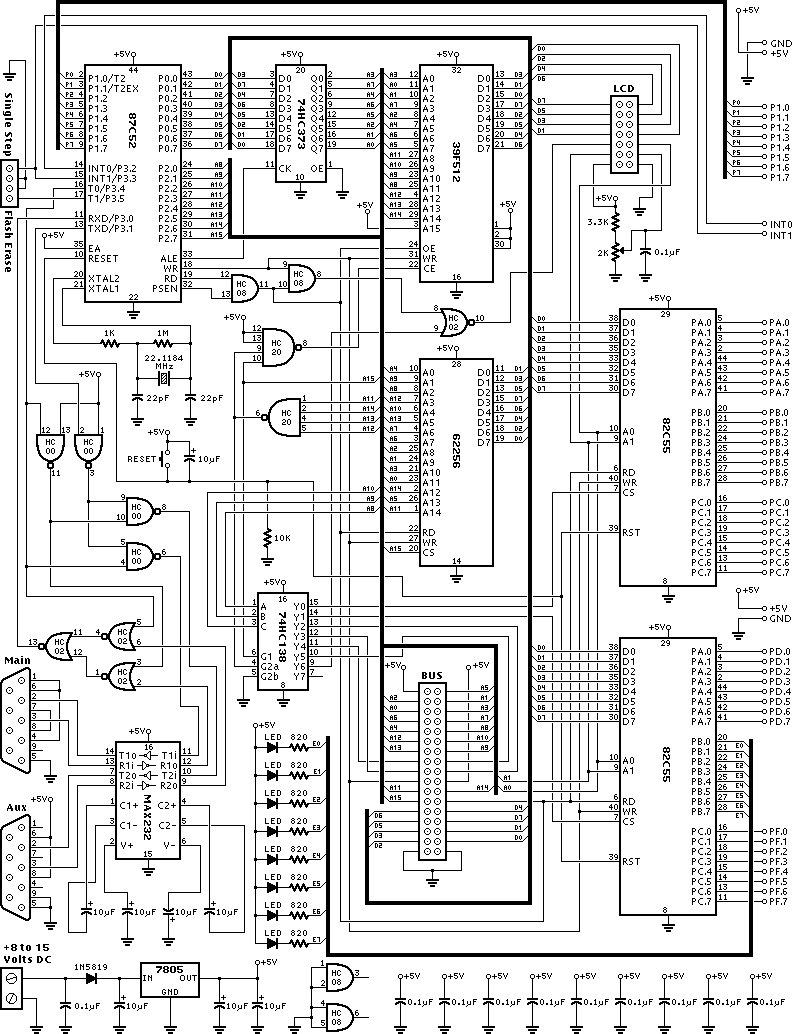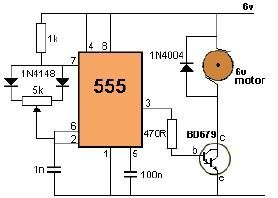
ISO122 124 filter circuit diagram
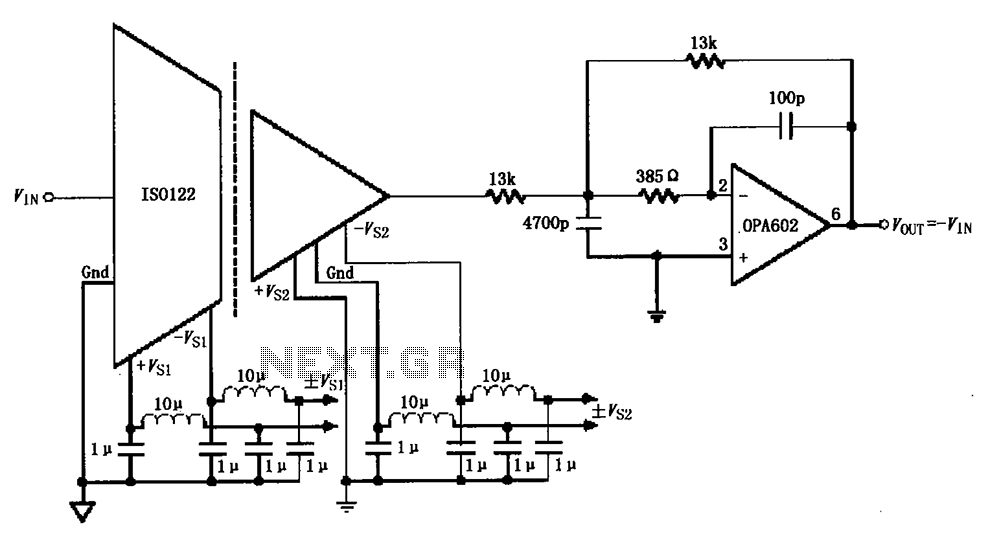
The ISO122/124-type filter circuit is designed to address noise suppression from the DC/DC converter. The internal oscillator frequency of the ISO122/124 modem is set to 500 kHz. The circuit employs inductors and capacitors for filtering to mitigate any beat frequency noise. After the filtering process, the output ripple of 500 kHz from the ISO122/124 is reduced to 20 mV. Additionally, a cost-effective OPA602 (or OPA237) is used to form a two-pole low-pass filter, which provides further filtering with a cut-off frequency of 100 kHz.
The ISO122/124 filter circuit operates by leveraging the internal oscillator frequency of 500 kHz to minimize noise interference originating from the DC/DC converter. The choice of inductors and capacitors is critical; they are selected based on their ability to effectively attenuate unwanted high-frequency components while allowing the desired signal to pass through. The filtering stage is essential for maintaining signal integrity, particularly in applications sensitive to noise.
The output from the ISO122/124 after initial filtering exhibits a ripple voltage of 20 mV at 500 kHz. This level of ripple is acceptable for many applications, but further refinement is achieved through the implementation of a two-pole low-pass filter using the OPA602 or OPA237 operational amplifiers. This configuration enhances the filtering capabilities by providing a sharper roll-off beyond the cut-off frequency of 100 kHz, thereby significantly reducing the amplitude of any remaining high-frequency noise.
The two-pole low-pass filter is characterized by its ability to attenuate frequencies above the cut-off point more effectively than a single-pole filter. This is particularly beneficial in applications where high-frequency noise can adversely affect the performance of downstream circuitry. The selection of the OPA602 or OPA237 amplifiers is based on their favorable performance characteristics, including low noise and high slew rate, making them suitable for precision filtering applications.
In summary, the ISO122/124 filter circuit is a well-engineered solution for noise suppression, combining the strengths of passive filtering elements with active components to achieve a clean output signal suitable for sensitive electronic applications. As shown by ISO122/124 -type filter circuit shown in FIG. ISO122/124 modem internal oscillator frequency is set to 500kHz, in order to suppress from the DC/DC converter is any straight (beat frequency) noise power at the end of each use filter inductor and capacitors for filtering. After filtering ISO122/124 output of 500kHz ripple is suppressed to 20mV, then cheap OPA602 (or OPA237) constitute two-pole low-pass filter further filtering, two-pole low-pass filter cut-off point of 100kHz.
The ISO122/124 filter circuit operates by leveraging the internal oscillator frequency of 500 kHz to minimize noise interference originating from the DC/DC converter. The choice of inductors and capacitors is critical; they are selected based on their ability to effectively attenuate unwanted high-frequency components while allowing the desired signal to pass through. The filtering stage is essential for maintaining signal integrity, particularly in applications sensitive to noise.
The output from the ISO122/124 after initial filtering exhibits a ripple voltage of 20 mV at 500 kHz. This level of ripple is acceptable for many applications, but further refinement is achieved through the implementation of a two-pole low-pass filter using the OPA602 or OPA237 operational amplifiers. This configuration enhances the filtering capabilities by providing a sharper roll-off beyond the cut-off frequency of 100 kHz, thereby significantly reducing the amplitude of any remaining high-frequency noise.
The two-pole low-pass filter is characterized by its ability to attenuate frequencies above the cut-off point more effectively than a single-pole filter. This is particularly beneficial in applications where high-frequency noise can adversely affect the performance of downstream circuitry. The selection of the OPA602 or OPA237 amplifiers is based on their favorable performance characteristics, including low noise and high slew rate, making them suitable for precision filtering applications.
In summary, the ISO122/124 filter circuit is a well-engineered solution for noise suppression, combining the strengths of passive filtering elements with active components to achieve a clean output signal suitable for sensitive electronic applications. As shown by ISO122/124 -type filter circuit shown in FIG. ISO122/124 modem internal oscillator frequency is set to 500kHz, in order to suppress from the DC/DC converter is any straight (beat frequency) noise power at the end of each use filter inductor and capacitors for filtering. After filtering ISO122/124 output of 500kHz ripple is suppressed to 20mV, then cheap OPA602 (or OPA237) constitute two-pole low-pass filter further filtering, two-pole low-pass filter cut-off point of 100kHz.
Warning: include(partials/cookie-banner.php): Failed to open stream: Permission denied in /var/www/html/nextgr/view-circuit.php on line 713
Warning: include(): Failed opening 'partials/cookie-banner.php' for inclusion (include_path='.:/usr/share/php') in /var/www/html/nextgr/view-circuit.php on line 713
